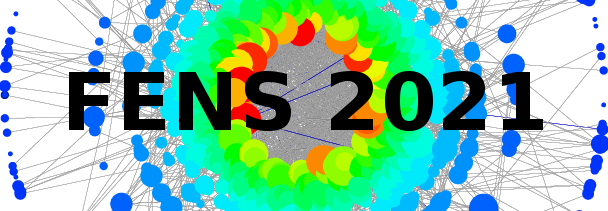Speaker
Description
Macroeconomic analyses are, to a large extent, based on firm segmentation and creating homogeneous groups of entities. Thanks to this procedure one can estimate indicators (e.g., various Key Performance Indicators) with high accuracy and examine trends of the market. Unfortunately, the drawback is that segmentation algorithms based on distance measures model average values and are not suitable to analysing unusual events. Modelling in Archetypal Analysis is done in a different way. Both approaches are used e.g., in marketing research, where on one hand one looks for target groups and on the other hand introduces active techniques in form of trend makers.
Archetypal Analysis was introduced in 1994 by Cutler and Breiman as a method that provides some kind of reference observations for given data. Archetypes are extreme observations, vertexes of convex hull of the data points obtained as a result of a two-stage nonlinear optimization.
The aim of our research is to compare results of analyses done using both, segmentation methods and averaging forecasts and Archetypal Analysis for firms listed on WSE and described by financial indicators (KPI). The authors propose an approach that brings together advantages of both methods. In order to compare Archetypal Analysis and the approach based on segmentation methods, the authors used financial data.

